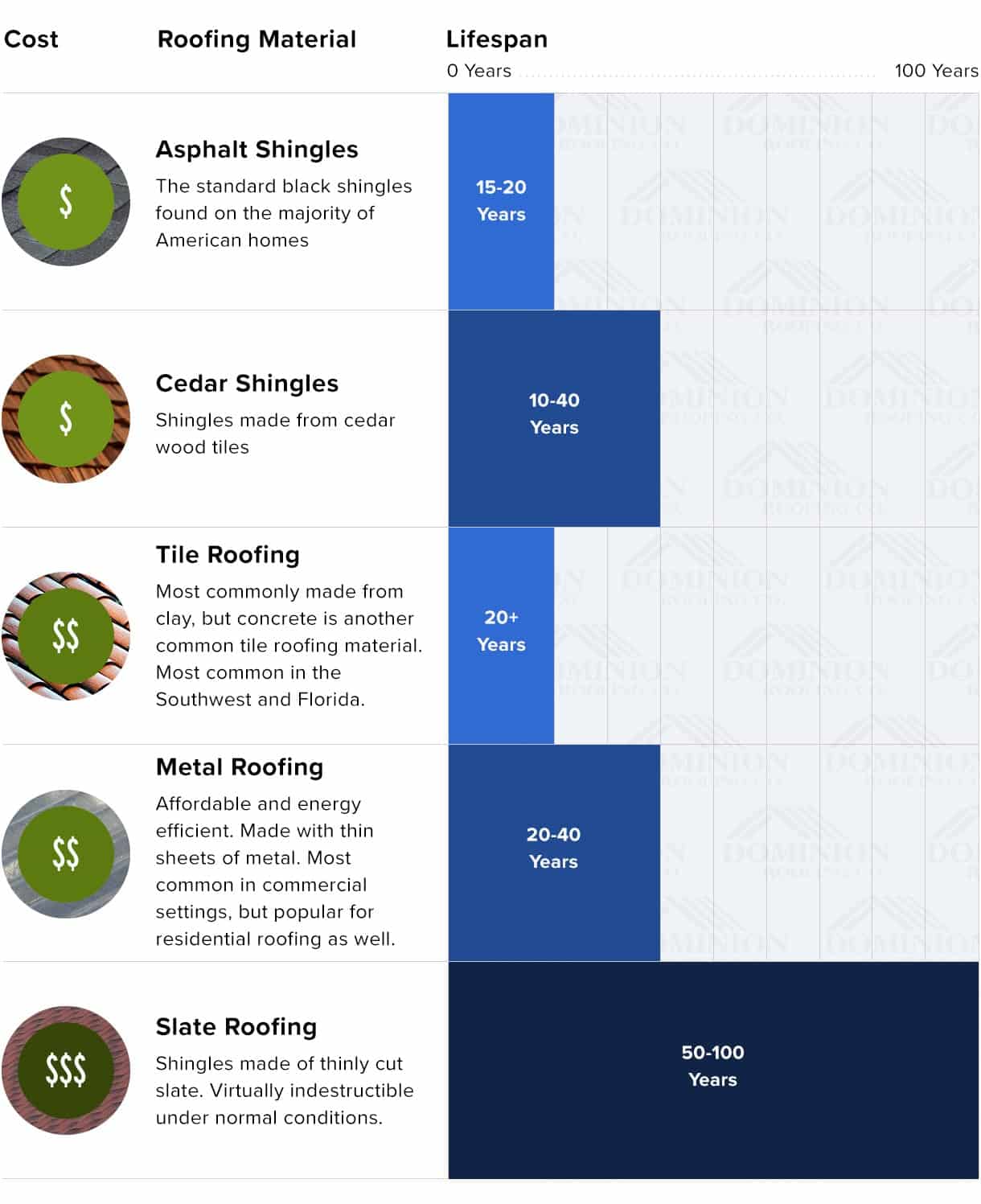Neglecting The Significance Of Roofing System Ventilation Can Result In Considerable Damage; Recognize The Important Aspects That Facilitate An Effective Setup And Safeguard Your Investment
Neglecting The Significance Of Roofing System Ventilation Can Result In Considerable Damage; Recognize The Important Aspects That Facilitate An Effective Setup And Safeguard Your Investment
Blog Article
Post Writer-Conway Rosa
When you're taking on a roof task, you may not assume much regarding roofing air flow, yet it's more crucial than you understand. Effective ventilation assists regulate temperature and dampness in your attic room, preventing troubles like mold and architectural damages. By recognizing how to design and mount a well balanced air flow system, you can boost power effectiveness and prolong the life expectancy of your roof covering materials. So, what are the crucial variables to think about throughout installation that can make all the distinction?
Significance of Roofing System Ventilation
Roofing system air flow plays a critical role in maintaining the general health of your home. By permitting fresh air to flow with your attic, it assists control temperature level and moisture degrees. This equilibrium is essential to avoid warmth build-up during hot months, which can lead to raised energy prices as your a/c works overtime.
Moreover, correct ventilation substantially decreases the danger of moisture-related issues like mold and mildew. If humidity degrees climb, your home's architectural integrity can be jeopardized, causing pricey repair services. You would not intend to deal with decaying timber or warped roof products, right?
In addition, adequate ventilation extends the life-span of your roof. When heat and moisture are kept in check, your roofing can perform ideally, stopping early deterioration. This means less frustrations and expenditures down the line.
Exactly How Roof Covering Air Flow Functions
Reliable roofing ventilation depends on the natural motion of air to create a balance between consumption and exhaust. When you install vents, you're basically enabling fresh air to enter your attic while allowing hot, stale air to leave. roof repair san antonio, tx sky roofing construction & remodeling manage temperature and moisture degrees, preventing issues like mold and mildew growth and roofing system damage.
Consumption vents, commonly discovered at the eaves, attract amazing air from outdoors. On the other hand, exhaust vents, situated near the ridge of the roof, let hot air rise and departure. The distinction in temperature produces an all-natural air movement, known as the pile impact. As https://www.architectureanddesign.com.au/suppliers/projex-group-1/foundation-to-the-roof-the-ultimate-step-by-step-g surges, it develops a vacuum that draws in cooler air from the reduced vents.
To optimize this system, you require to make certain that the consumption and exhaust vents are properly sized and positioned. If the consumption is restricted, you will not attain the desired air flow.
Also, insufficient exhaust can trap warmth and wetness, bring about potential damage.
Key Setup Considerations
When installing roof covering ventilation, several key factors to consider can make or damage your system's effectiveness. First, you need to evaluate your roof's layout. The pitch, shape, and products all affect air movement and air flow choice. See to it to choose vents that match your roofing system type and neighborhood environment problems.
Next off, think about the placement of your vents. Ideally, you'll desire a well balanced system with intake and exhaust vents placed for optimum airflow. Place intake vents low on the roofing system and exhaust vents near the optimal to urge an all-natural flow of air. This setup assists protect against wetness buildup and promotes energy efficiency.
Don't forget insulation. Appropriate insulation in your attic room protects against heat from getting away and keeps your home comfortable. Guarantee that insulation does not obstruct your vents, as this can prevent air flow.
Lastly, think of upkeep. Pick ventilation systems that are very easy to access for cleansing and inspection. Normal maintenance ensures your system continues to operate efficiently in time.
Conclusion
In conclusion, roof covering ventilation is important for an effective installation. By making sure proper airflow, you can prevent heat buildup and wetness concerns that result in pricey damages. When you strategically placement intake and exhaust vents, you enhance energy efficiency and extend the life-span of your roof covering. Bear in mind, a well-ventilated roof covering not only shields your investment but likewise boosts your indoor air high quality. So, prioritize ventilation to ensure a resistant and affordable roof for your home.
